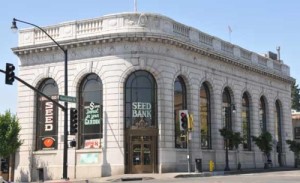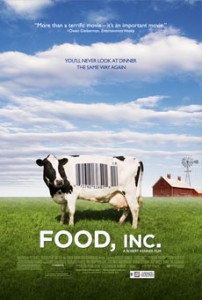The following websites have some of the most well-presented and up-to-date, free online collections of case studies (or profile articles with in-depth project information) on green homes and green buildings around the country. They feature new construction as well as renovation projects.
These three sources provide case studies and information on residential projects only (primarily single-family homes):
- GreenBuildingAdvisor.com: Green Homes case studies, which include data on energy use/savings, cross-section drawings for builders and designers, multiple photographs of each home’s features, and in-depth project descriptions. Among their case studies are two that I wrote: one about Ann Edminster’s green addition and renovation in Pacifica, CA, and another about a beautiful solar home on the Oregon coast.

[Feb. 2011 Update: See a more recent post that provides additional residential links.]
The following sites primarily feature commercial and institutional buildings, though they also include some case studies of residential projects:
- High Performance Buildings Database provided by the U.S. Department of Energy and BuildingGreen. The case studies in this database are very comprehensive; they include information on costs, the team process, and lessons learned, as well as details on the projects’ green strategies and materials. Currently, the database contains case studies on more than 275 buildings, including more than 130 LEED certified projects. Note: In order to get full access to the case studies through the BuildingGreen site, you have to be a member/subscriber (which I believe is well worth the price if you’re actively involved or have a strong interest in green building). If you’re not a subscriber, you can get free access to complete versions of a subset of those case studies (112 of the 275) via the Department of Energy’s database (unfortunately, this site hasn’t been updated for a few years, so it doesn’t include the most recent projects that are posted on BuildingGreen). In addition, you can see complete versions of some of the LEED case studies via the U.S. Green Building Council’s site (select “Projects with Case Studies” on the search form), and case studies on the annual award winners of the AIA COTE (American Institute of Architects’ Committee on the Environment) Top Ten Green Projects via the AIA’s website.
I have written many case studies on green building projects over the years. In addition to the two recent Green Building Advisor case studies mentioned above, I’ve prepared in-depth case studies on the David Brower Center, Berkeley; Alder Creek Middle School, Truckee; Colorado Court affordable housing, Santa Monica; the Linden Street Apartments, Somerville, MA, and other projects. Links to some of my published case studies are posted on MLandman.com.


